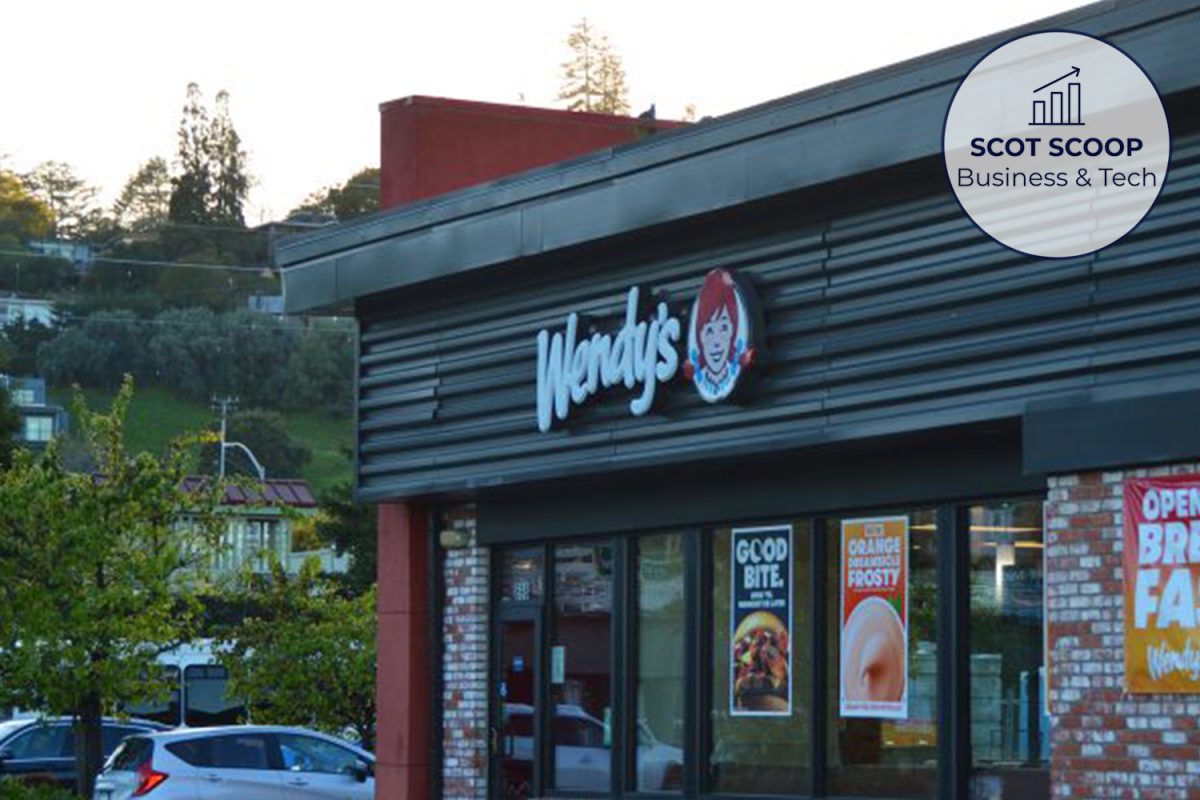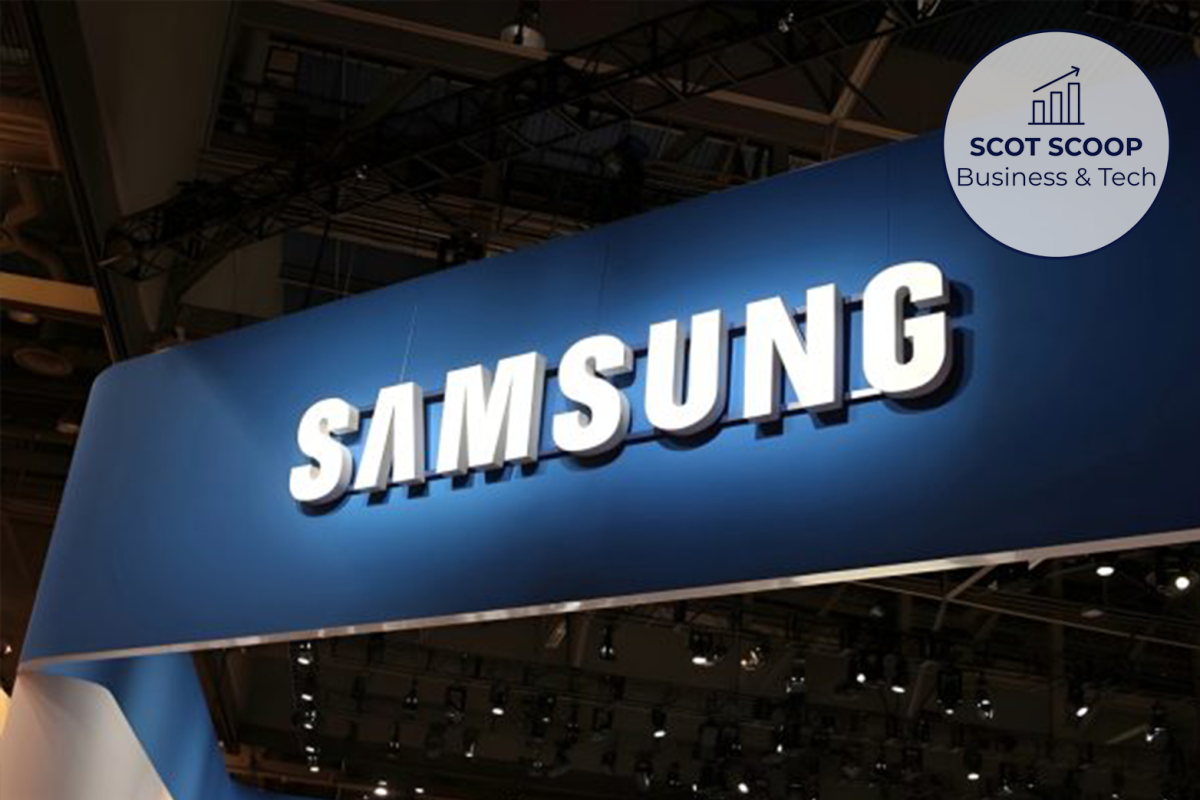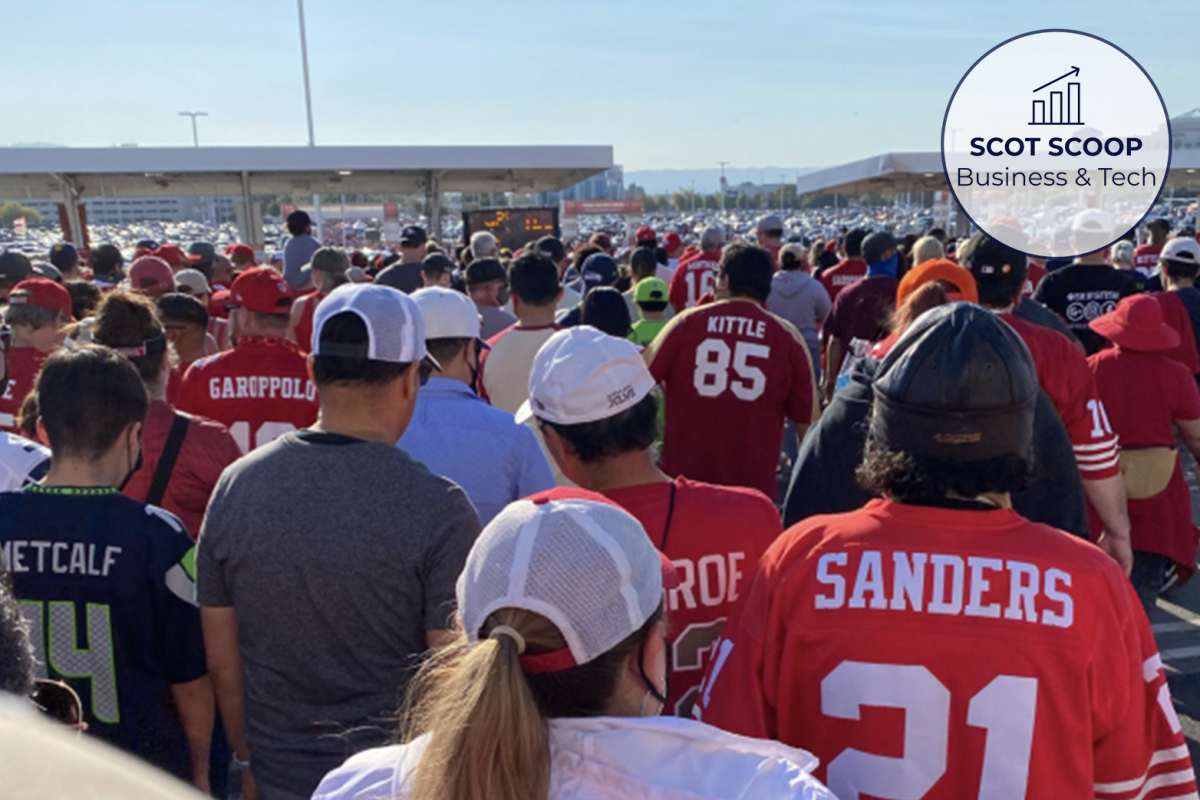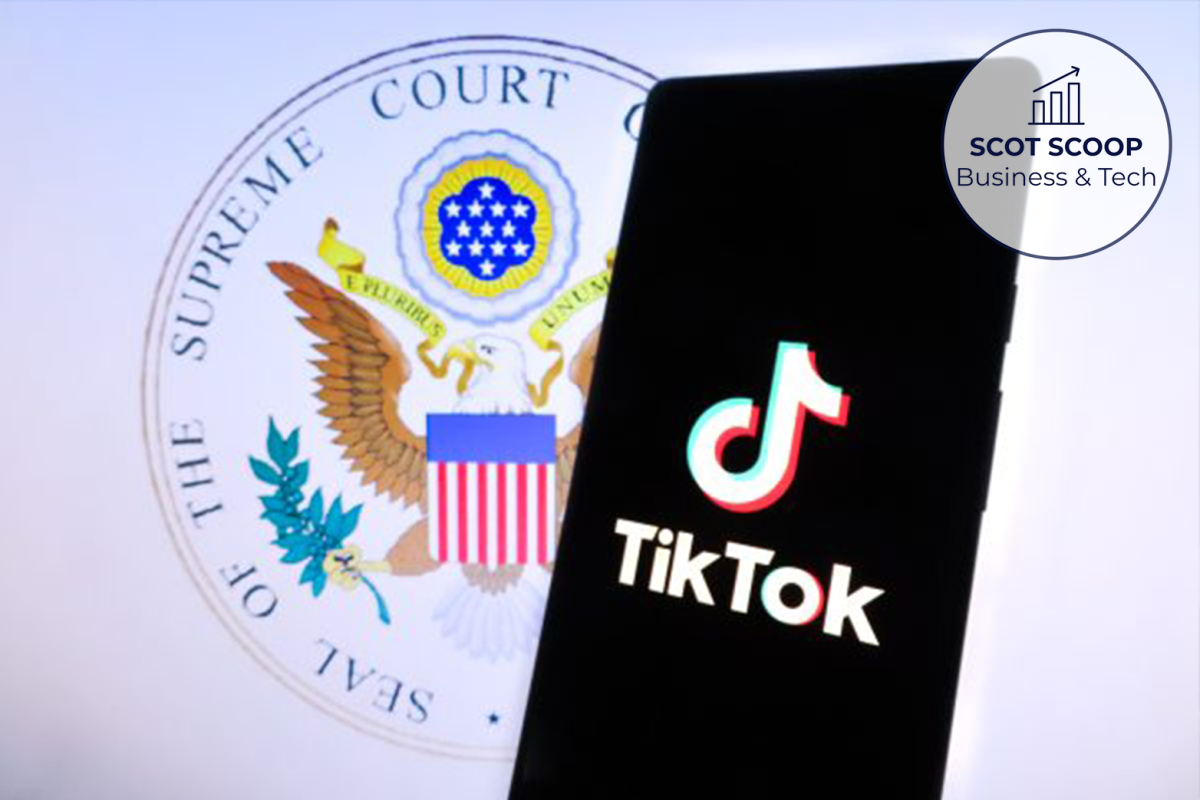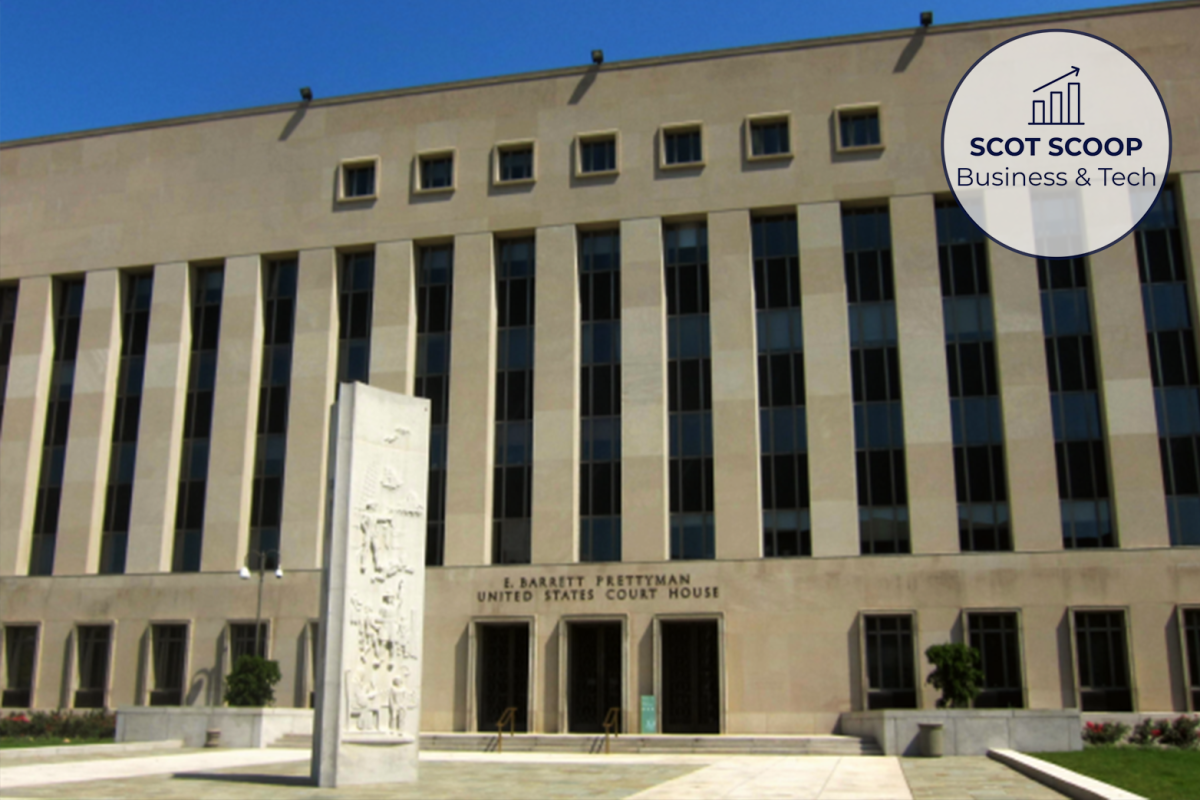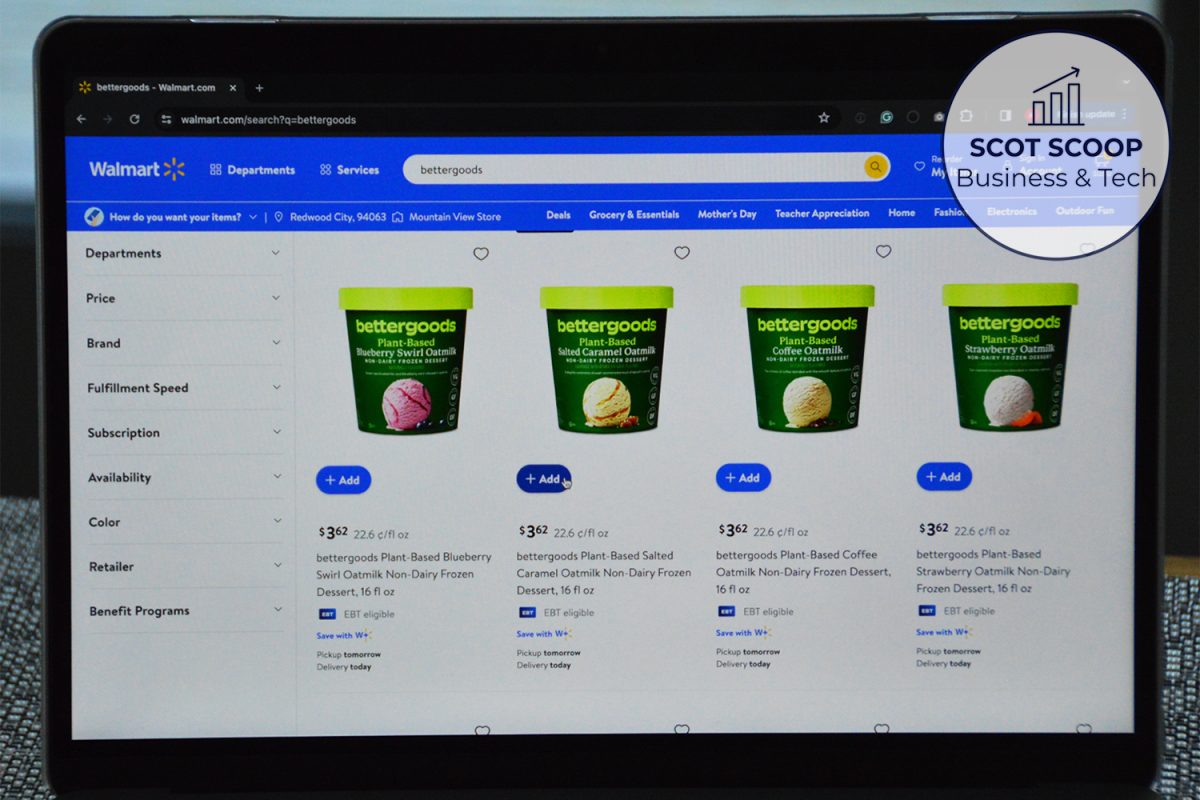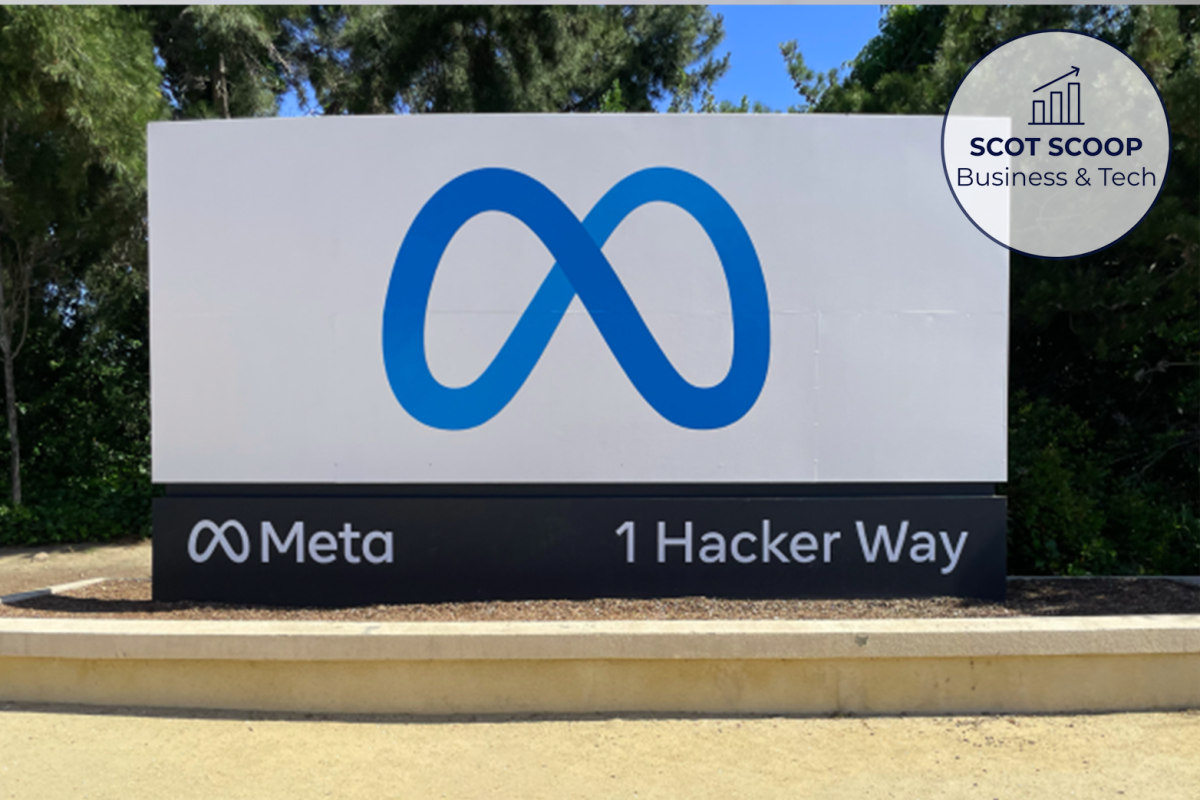Imagine you just finished watching a Golden State Warriors game and want to get an Uber. You become outraged when you see that a short drive home costs over $75. Last Tuesday, around noon, the price for that same Uber ride home was $25. Why?
Dynamic pricing is a strategy businesses use to change prices based on various factors such as demand, time of day, and other market conditions.
Airlines have used dynamic pricing for decades. Almost all ride services have implemented the strategy. Now, restaurants are taking up the idea.
Dynamic pricing enables businesses to optimize revenue by adjusting prices based on demand levels: charging higher prices when demand is high and lower prices when demand is low. An increased number of price points leads to greater potential profit. Increasing costs in recent years have prompted more retailers to adopt this strategy.
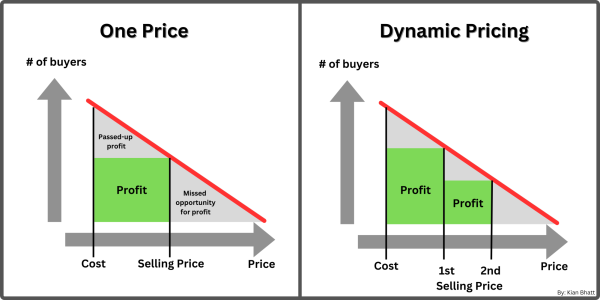
Last year, the U.K.’s biggest pub chain, Stonegate Group, launched dynamic pricing at 800 locations. The pub chain owns restaurants such as Slug & Lettuce and Yates bars, where prices for pints increase during peak hours and drop during quiet times.
According to the Wall Street Journal, many restaurants in the U.S., like Cali BBQ and Bartaco, are using dynamic pricing to change prices on a weekly or monthly basis based on demand trends.
In the past, it was difficult for restaurants to constantly change prices because of paper menus and cash payments. Dynamic pricing has become much easier with the widespread adoption of digital payments, online menus, and app-based food ordering.
Many technology providers are building services that allow restaurants to change prices weekly or monthly. Depending on demand and sales patterns, the technology can cut or increase the prices of a burger or beer by a few quarters or several dollars.
If companies can make more money off surge pricing, why don’t they do it more often?
Because customers don’t like it.
Wendy’s CEO, Kirk Tanner, announced last month that the chain would adopt surge pricing in 2025. After heavy backlash, the company quickly clarified that it was only talking about “dynamic pricing,” meaning that customers would benefit from prices dropping solely during less crowded times.

